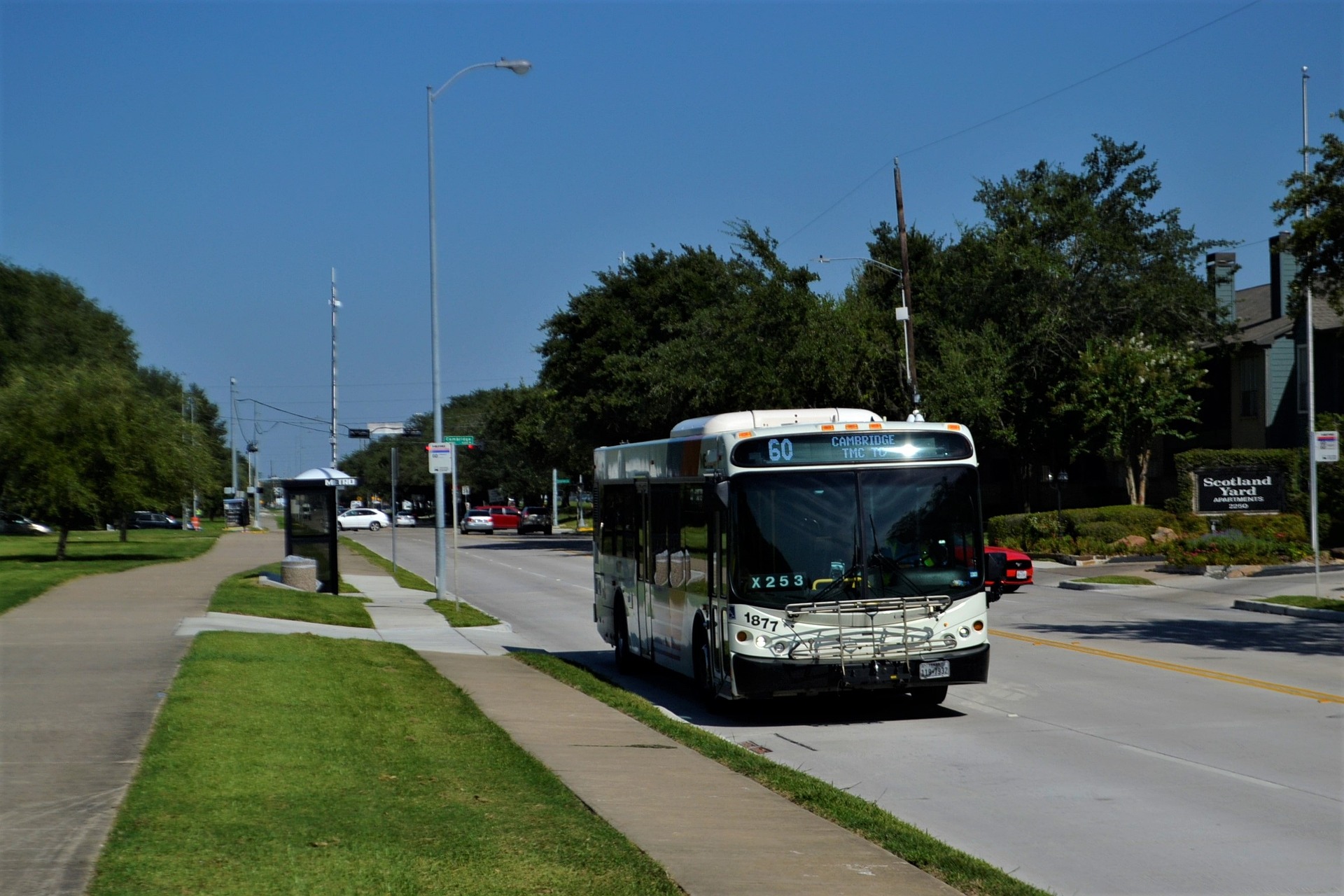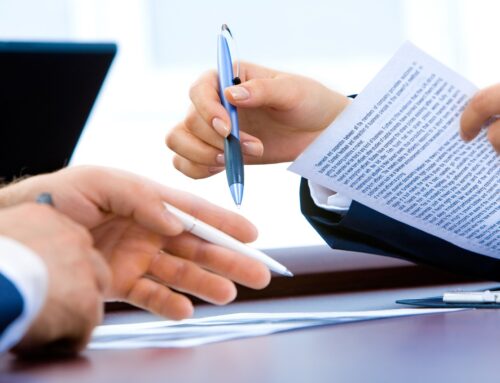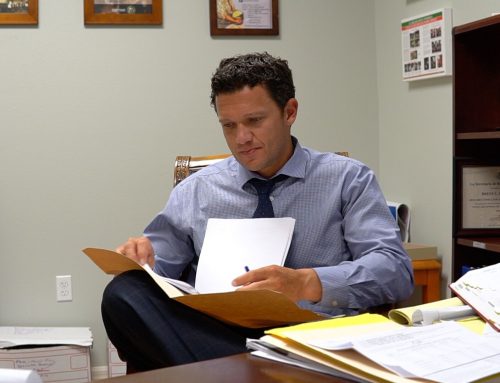With all the talk about reducing carbon emissions, cities and municipalities have put an even great emphasis on public transportation. As more resources are put towards train and bus services by local, state, and federal agencies, public transport is gaining ground in realizing its goal to become a viable alternative to owning a car. Millions of Florida residents depend on the bus system to get to work every day – but even those who currently own a car may find occasions when taking a bus is more efficient and practical – such as when parking is limited or expensive at their destination. When riding on public transportation, riders place trust in the driver and operators to remain safe. Therefore when a bus accident occurs, individuals may be confused as to their best course of action.
What To Do After a Bus Accident Occurs
Car accidents are stressful and can be confusing, but a bus accident can completely throw you off balance. Because passengers’ eyes are not focused on the road, an accident often occurs without warning and without a chance to brace for any impact. After a collision, there are steps you should take to make sure you are safe, healthy, secure, and financially protected.
- First and foremost, listen closely for any instructions, orders, or announcements from the operator of the bus. They have comprehensive training they will utilize when an accident takes place. They are specially trained to protect public safety, even after an accident.
- If you are not hurt, check with other passengers. Even minor crashes can lead to serious conditions if not attended to – so make sure to take note of any pain following the accident. Always take proactive steps to call emergency services; don’t assume another passenger will call 911 on your behalf.
- The bus operator should instruct you as to whether you should leave the vehicle or stay seated until help arrives. The vehicle may be in a perilous position or situation, such as tilting into a ditch or positioned across the road, so immediately racing to leave the bus is not recommended. Emergency services will inform you as to how to proceed. Provide accurate, up-to-date information on the status of the vehicle, other passengers, and the operator if they are hurt. Remaining in a safe situation after the crash is vital for you and the other people involved.
- Once the situation is known and you are safe, take photos and document the scene of the accident if possible. Photographs or videos can illustrate the details of the scene of the collision – even if your memory fails you and you begin to forget critical aspects of the situation. Documenting evidence of the accident will help significantly should you decide to pursue compensation. Collect as much evidence as possible and let your personal injury attorney determine what is useful and what is not.
A bus accident, especially if it results in injuries, can be complicated. Focus on your health and safety, but remember the importance of evidence in the event that a future lawsuit is brought. Call a personal injury attorney as soon as possible after an accident, as details will be fresh in your mind. Discovering which parties are legally liable and establishing a strategic plan to obtain compensation is much easier with an experienced attorney on your side.
Probinsky & Cole is a personal injury law firm with offices in Tampa, Orlando, and Sarasota. We specialize in helping accident victims to get the compensation they deserve.








